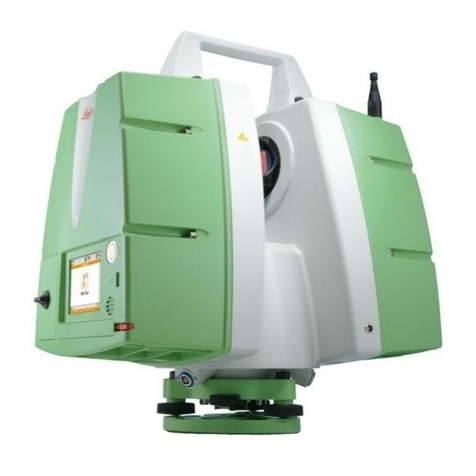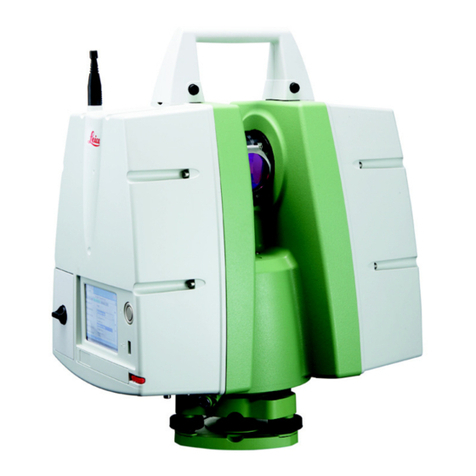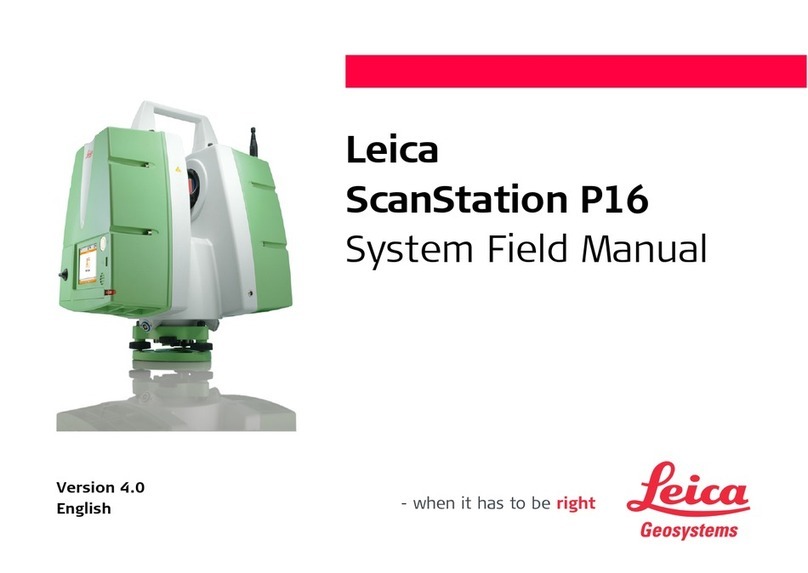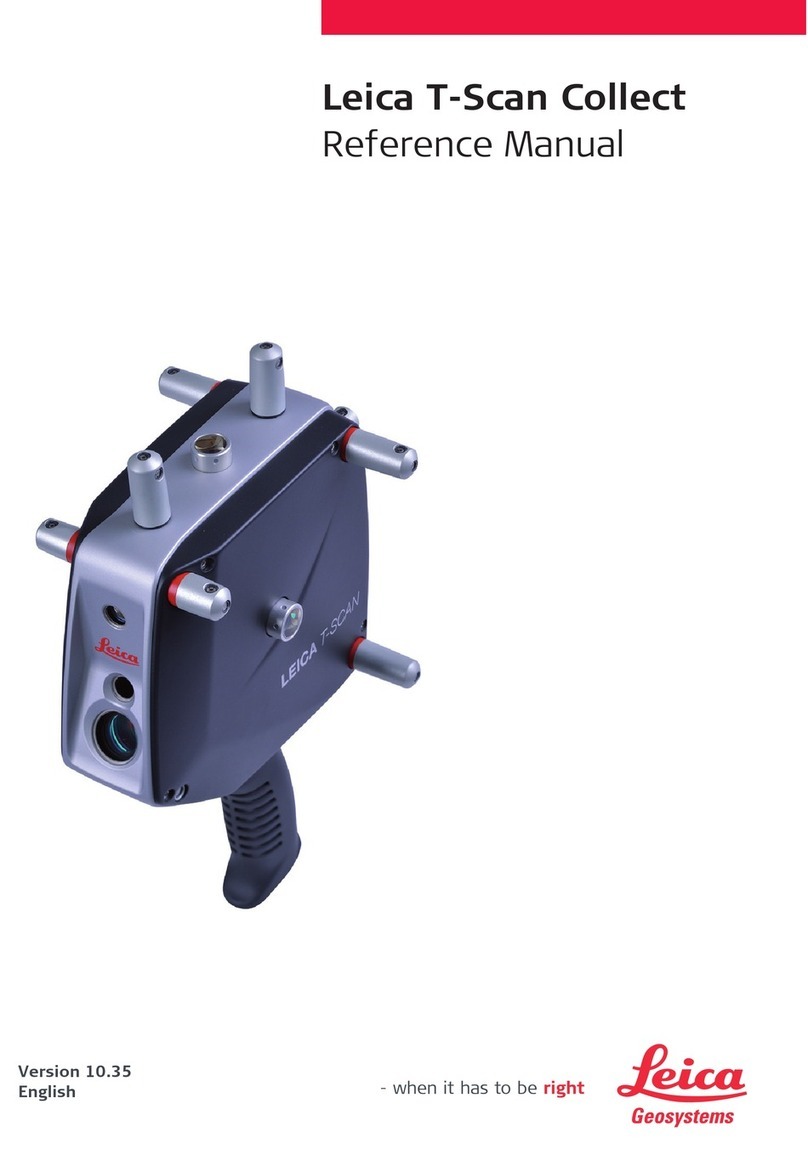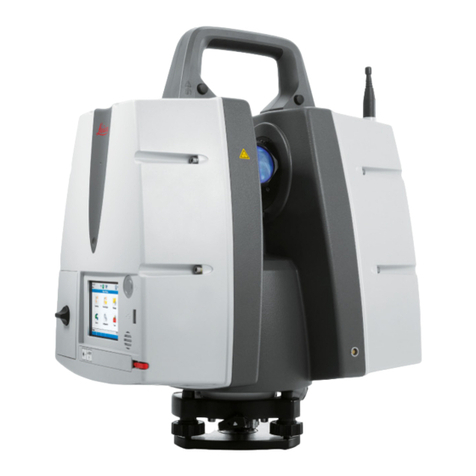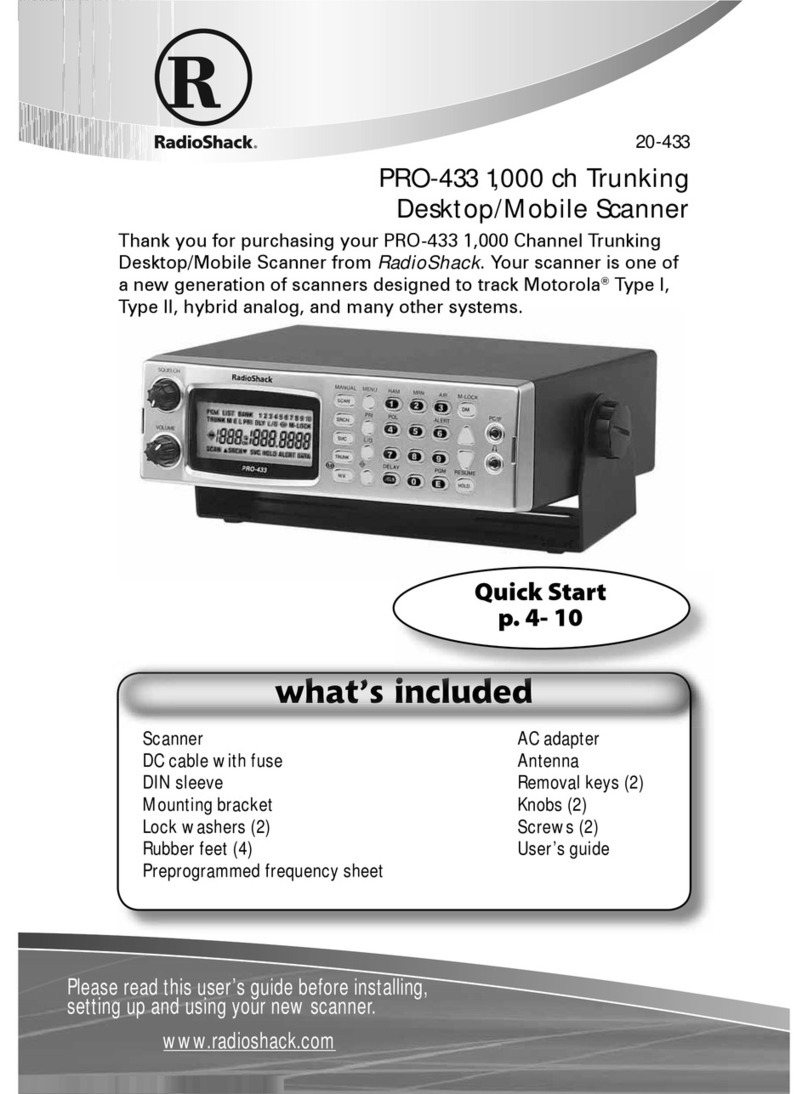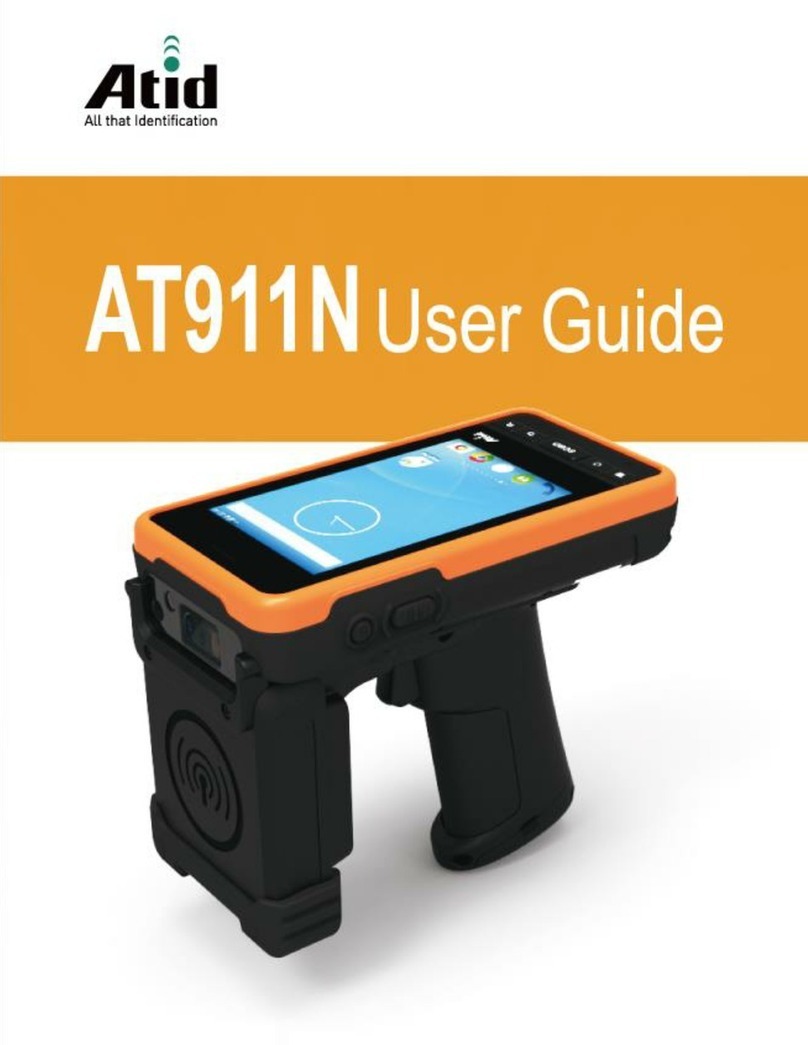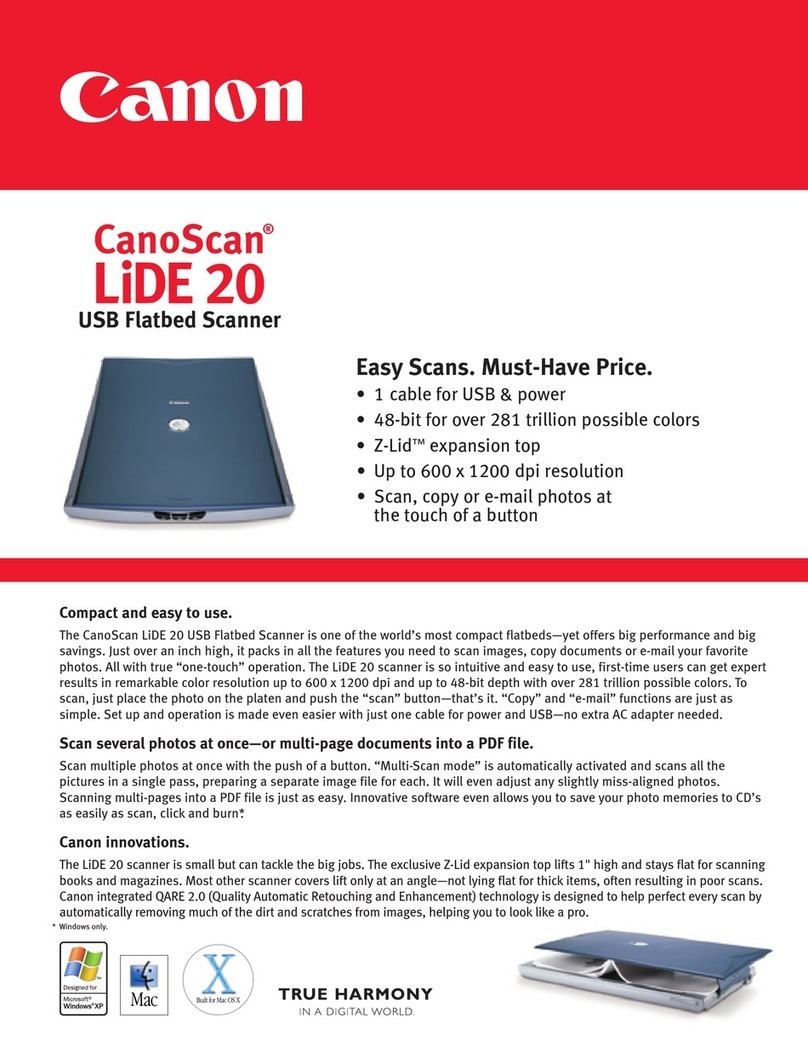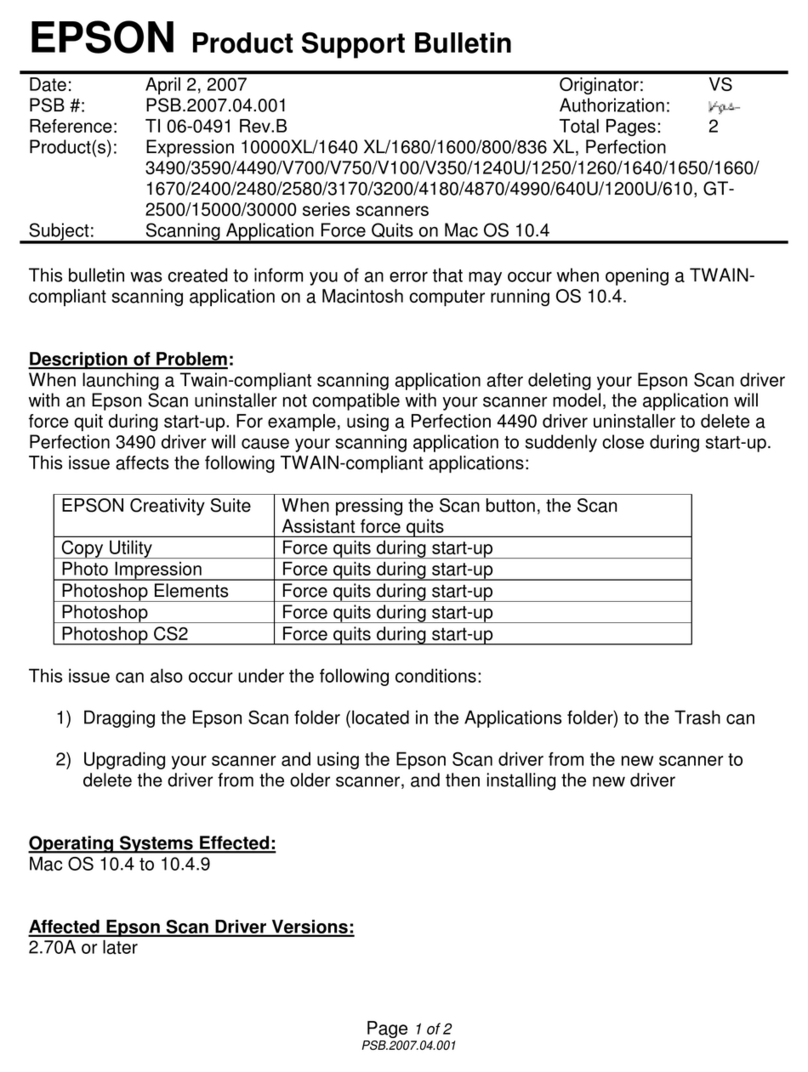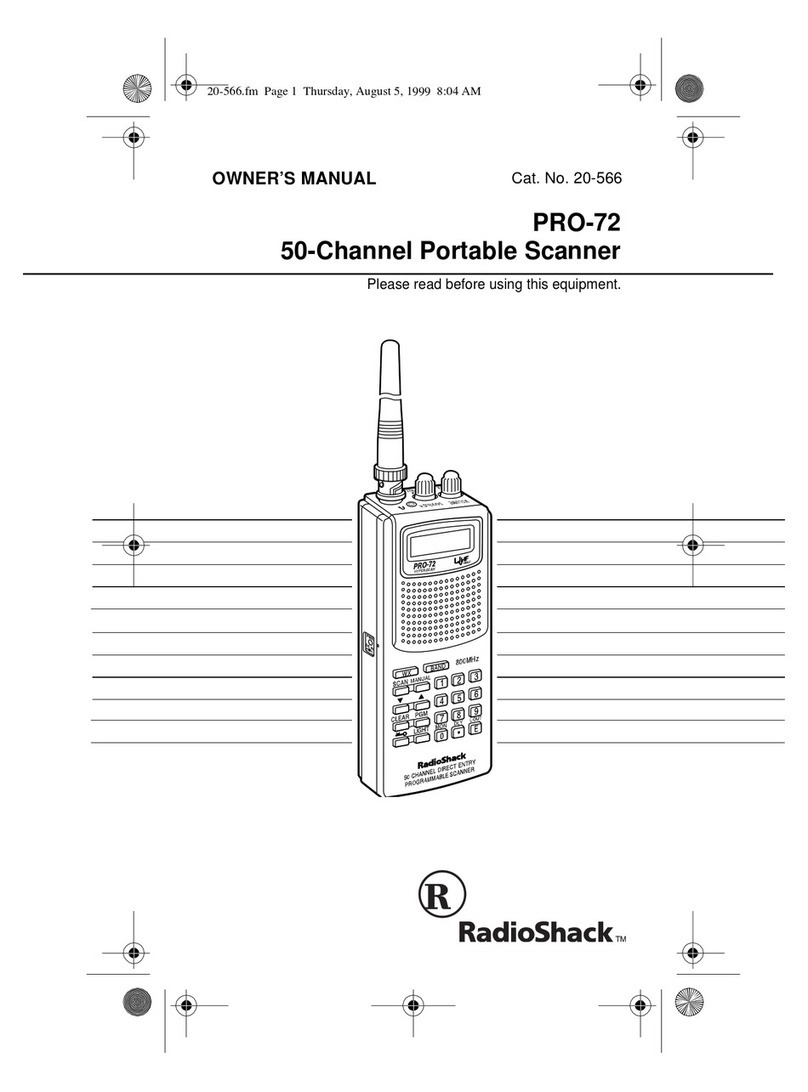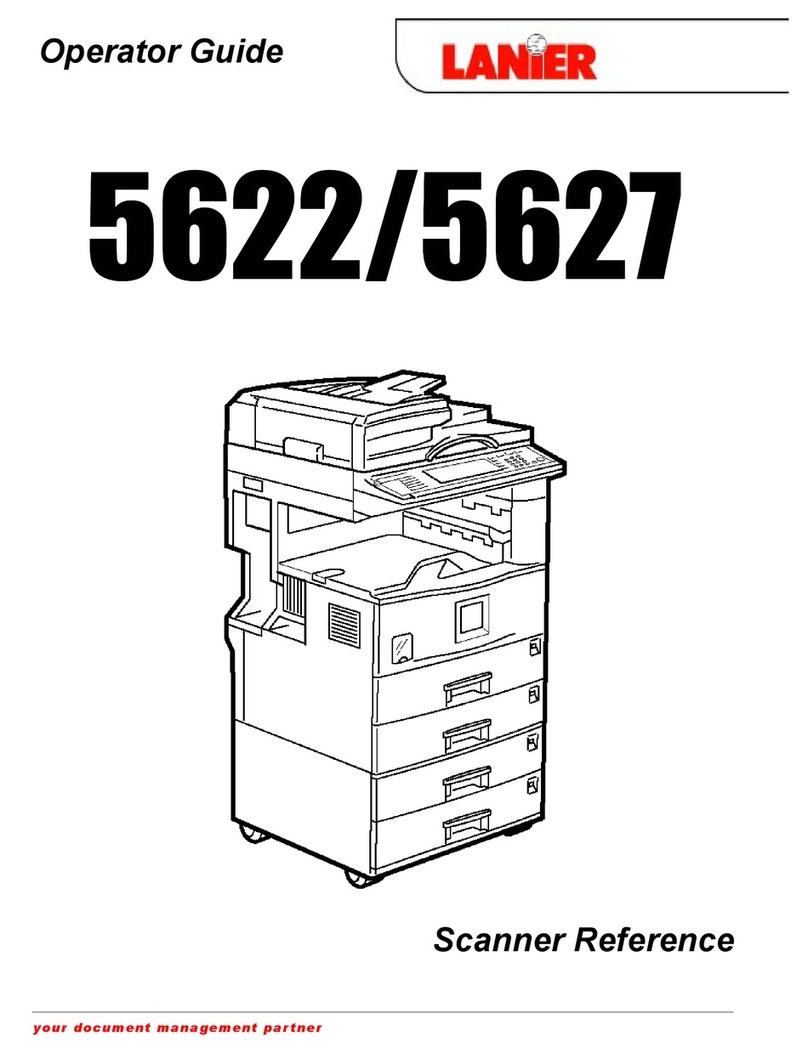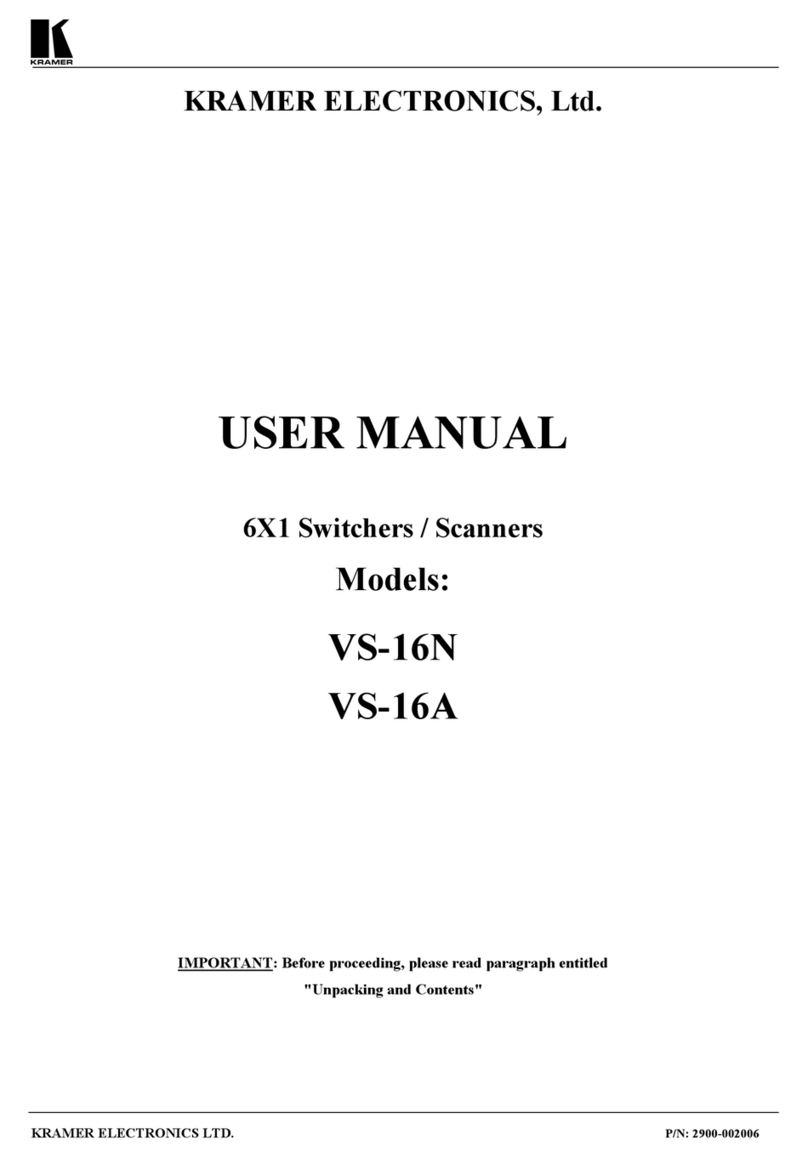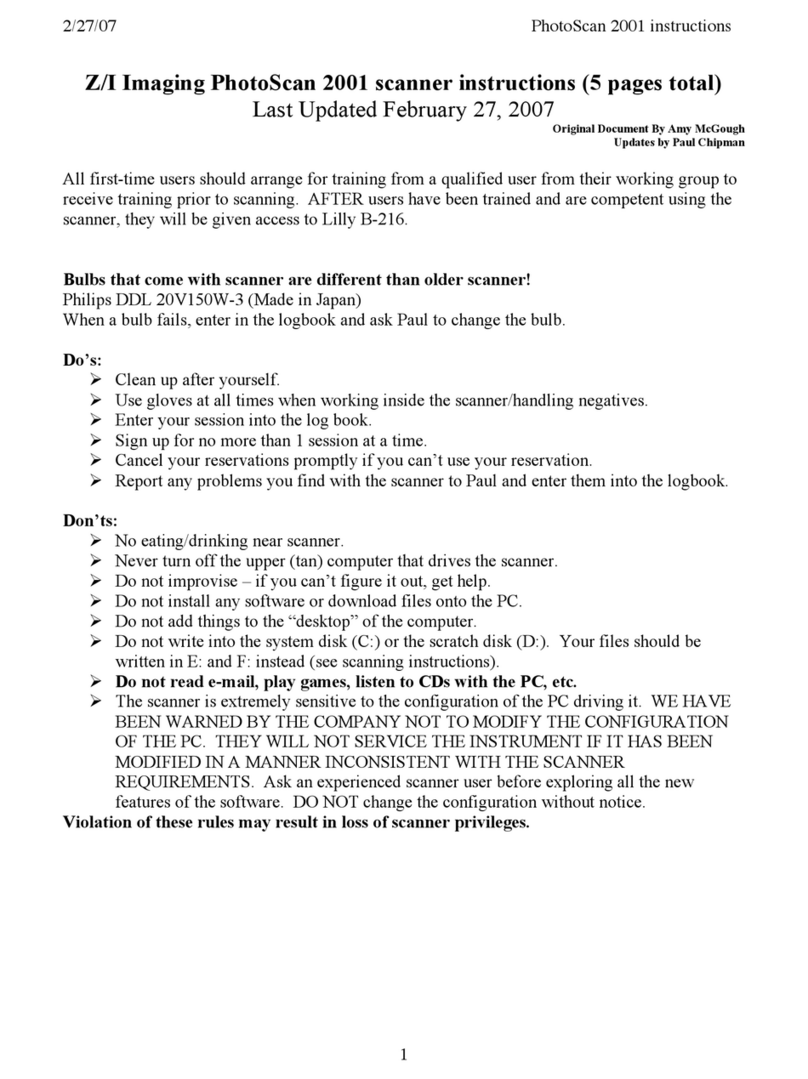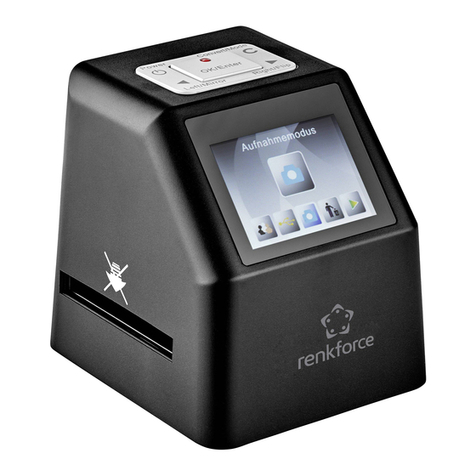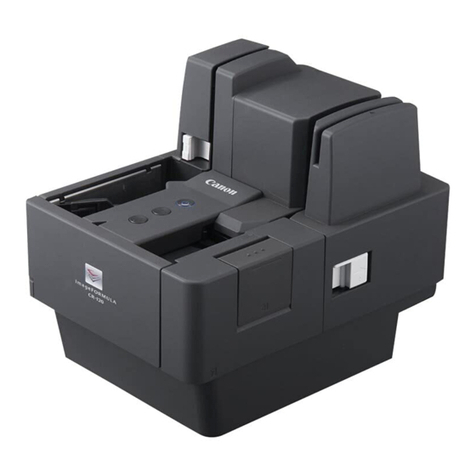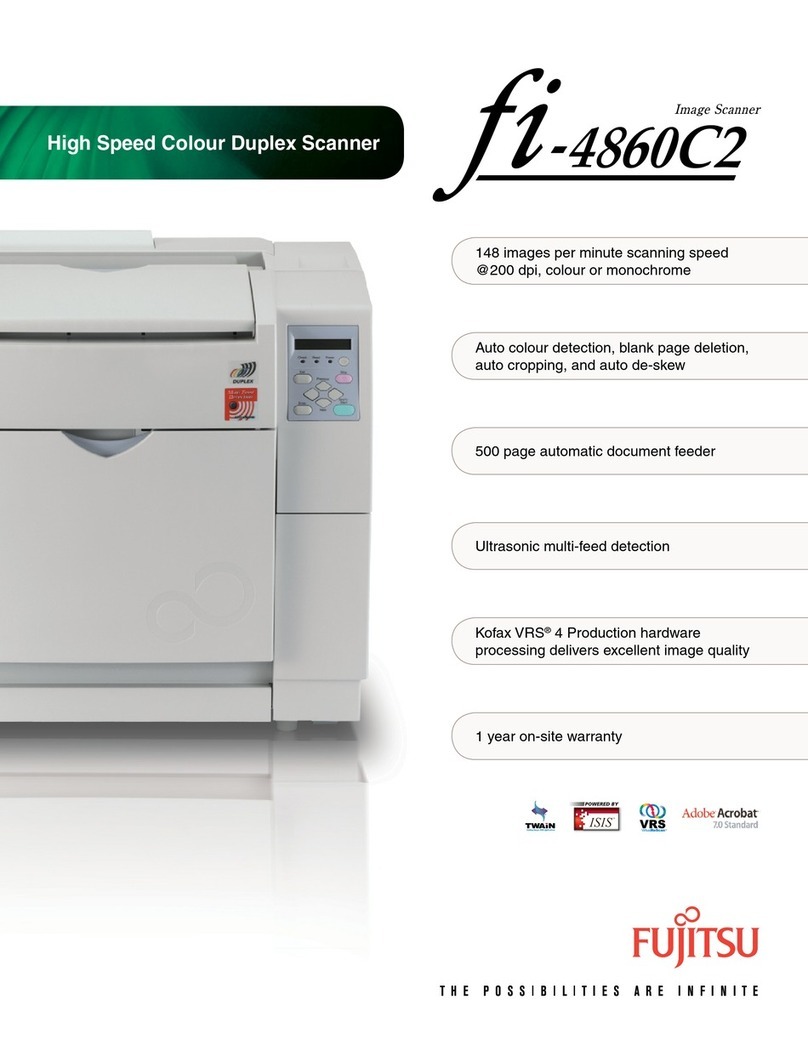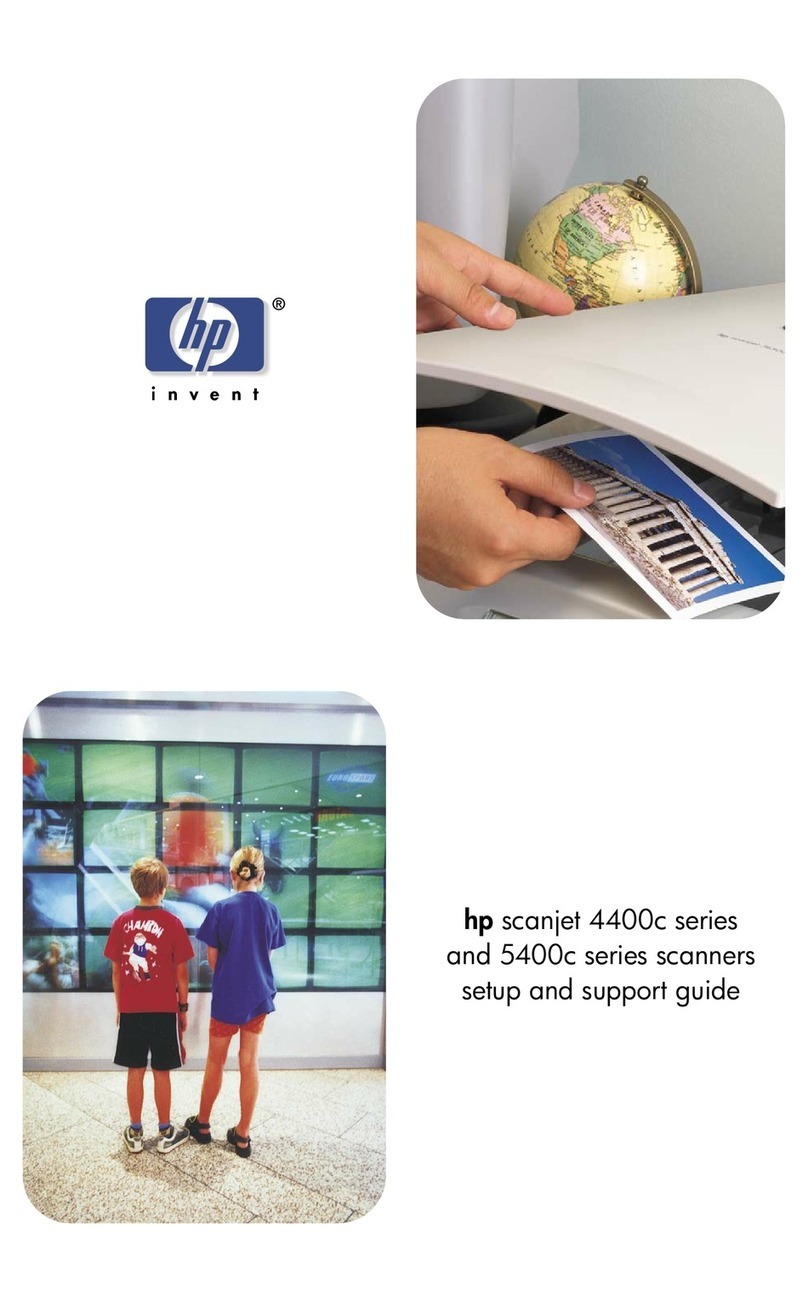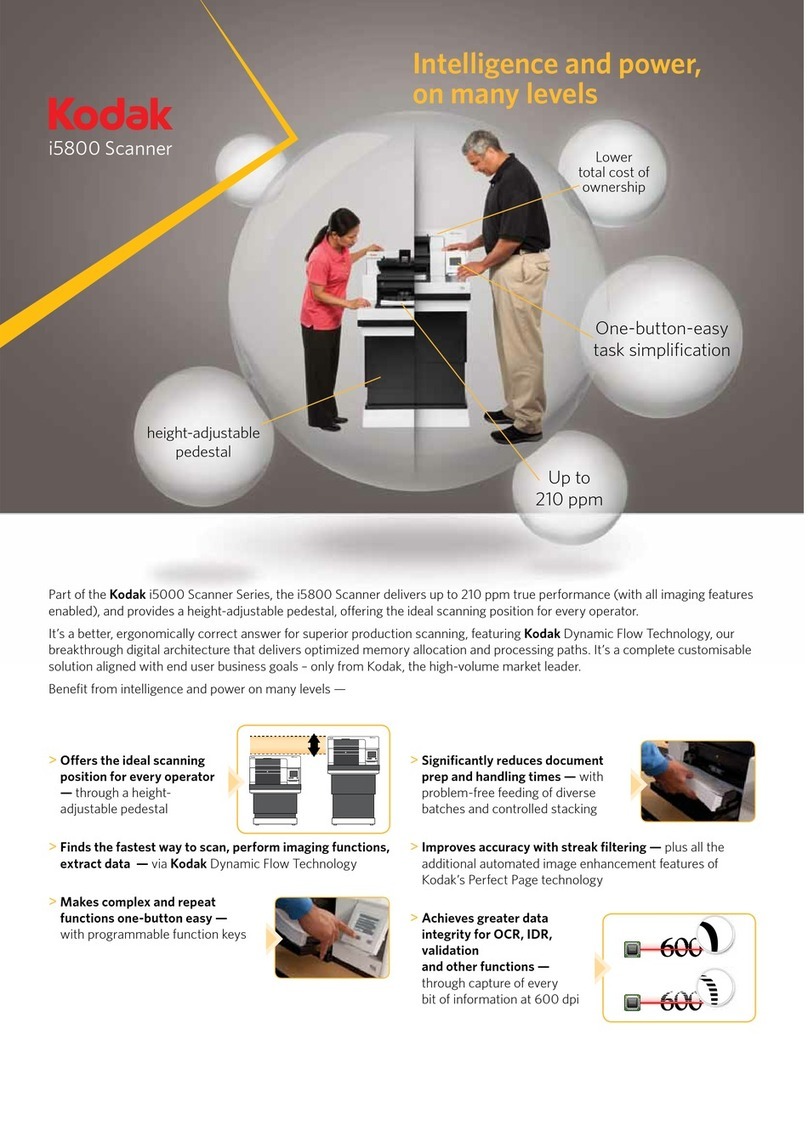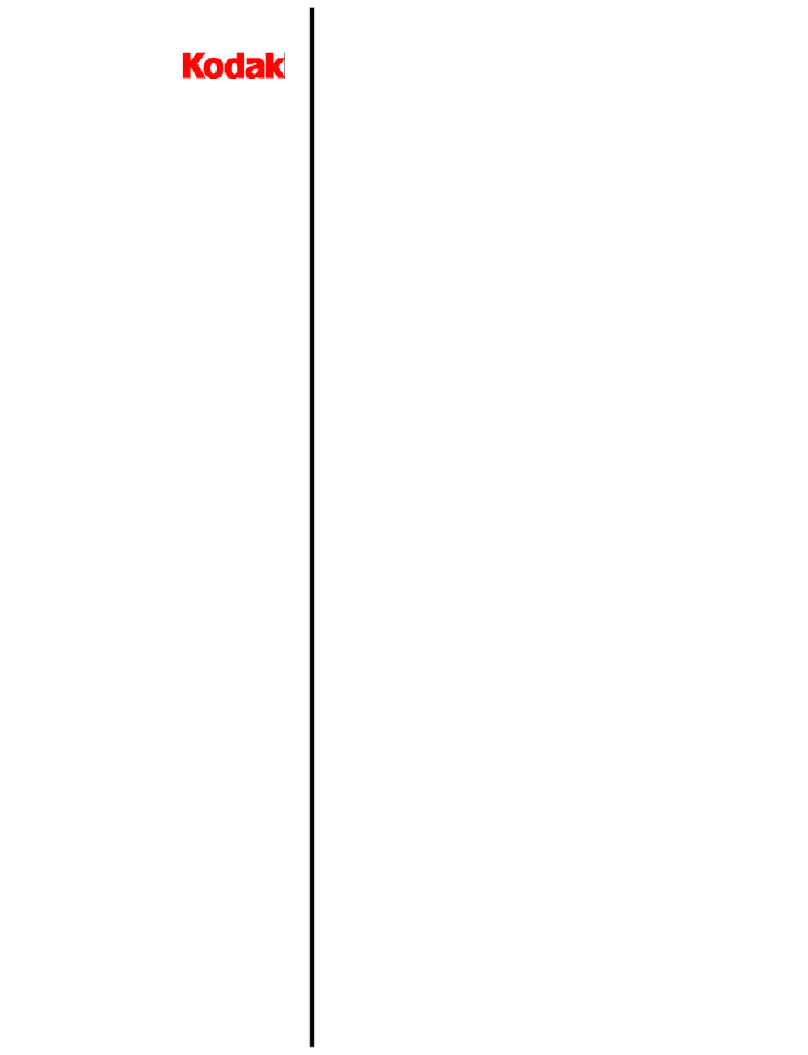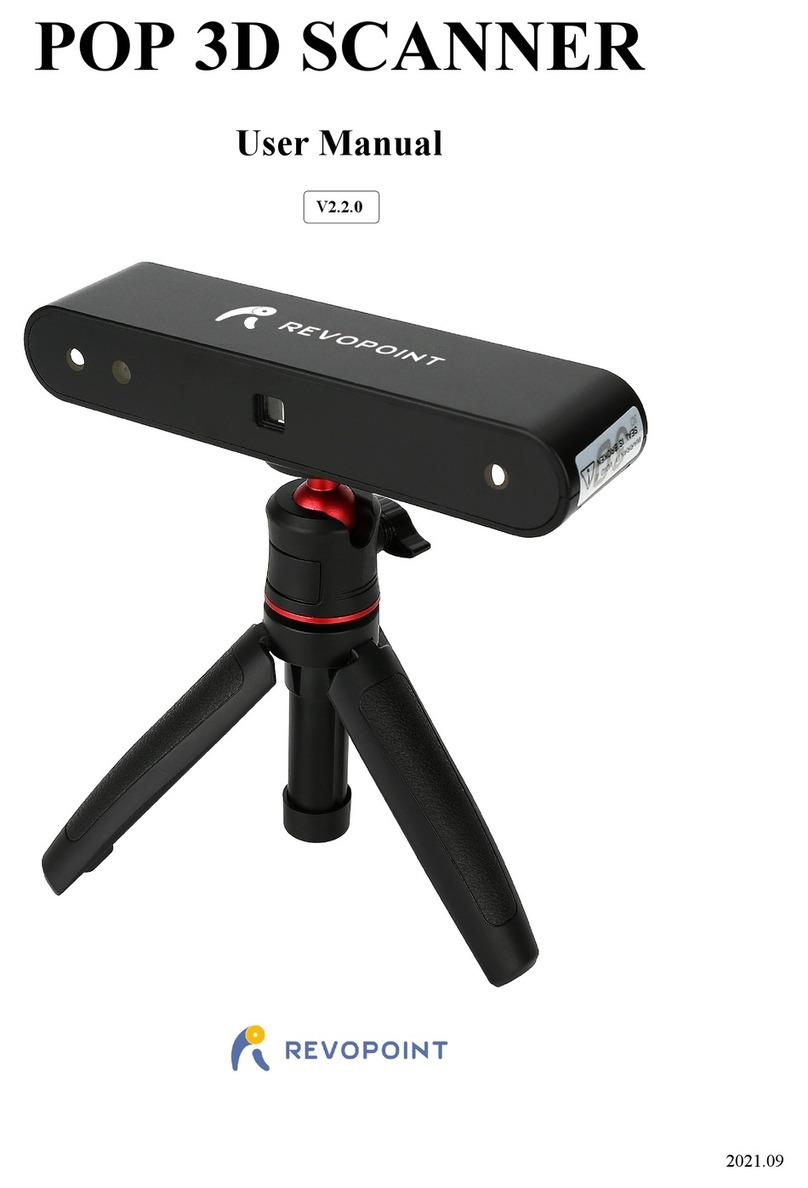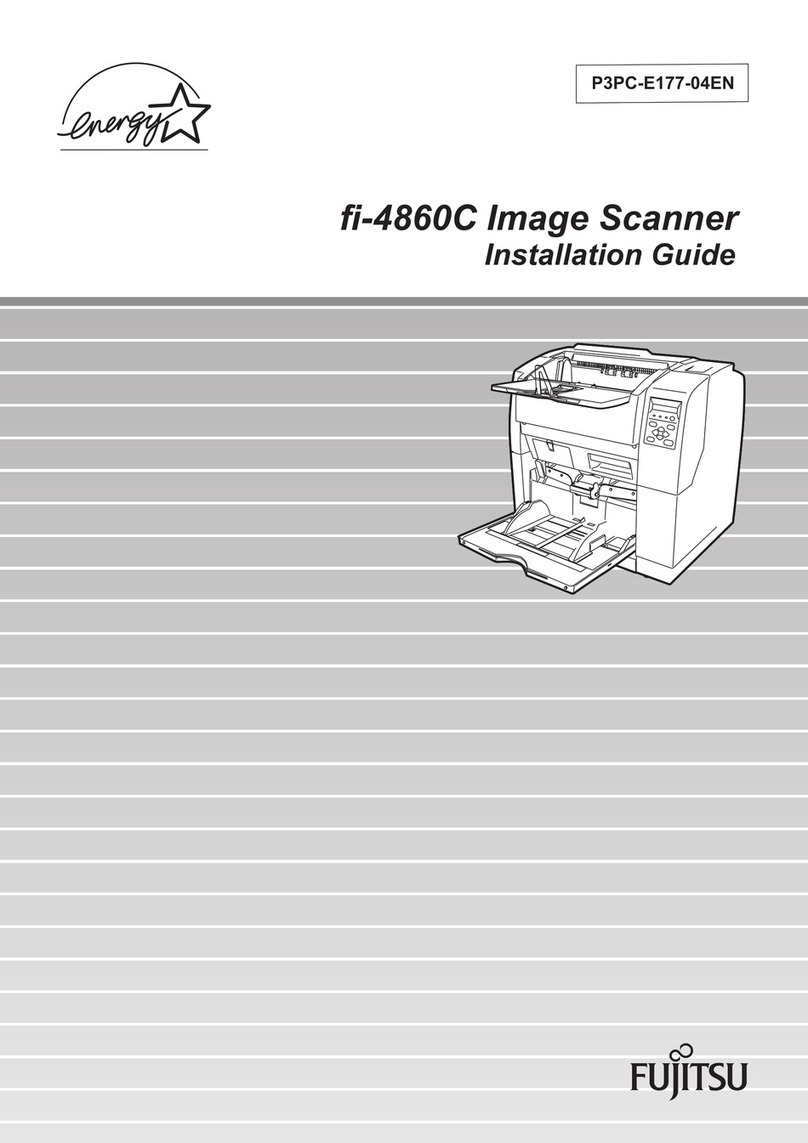LEICA BLK ARC-UI
AUTONOMOUS LASER SCANNING MODULE
Copyright Leica Geosystems AG, Heerbrugg, Switzerland 2023.
INTRODUCTION
BLK ARC, where ARC stands for Autonomous Reality Capture, is the first autonomous laser
scanning module fully designed for integrations with robotic platforms. The autonomous journey of
the BLK ARC begins with capturing 3D data in any area where a robotic carrier can go, and at the
same time using this accurate laser scanning data for robot’s navigation.
The first robotic integration of BLK ARC is with the Boston Dynamics SPOT robot. Users
can simply plan automated scan path and BLK ARC will command the robot to scan whenever
and wherever needed. BLK ARC can be easily integrated across many industries and that is why
this device was designed for use on many different robotic platforms and carriers.
GENERAL WORKFLOW FOR BLK ARC ON SPOT
1. Required 3rd party components:
a. Spot robot from Boston Dynamics
b. Spot Core from Boston Dynamics
a. There are 3 methods described how to manage
networking with Spot and enable online
connection for upload to HxDR. It can be done
using 3rd party WiFi dongle plugged into Spot
CORE or existing WiFi network in reach of robot
and tablet with BLK ARC-UI or ethernet
connection with docking station. Please refer to
Networking with Spot chapter for more details.
2. Mount BLK ARC module on the Spot using dedicated accessories GAD126,
GAD127 and GAD128
3. Mount GA03 on the Spot using dedicated accessory GAD130 (only for outdoor
missions, see details in overview on possible workflows)
4. Install BLK ARC-UI on Spot Core using Portainer
5. Create an offline mission file in Cyclone 3DR software
6. Upload the mission file to BLK ARC-UI and complete the mission in the field
All required documentation can be downloaded from:
https://myworld.leica-geosystems.com
